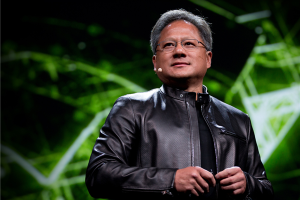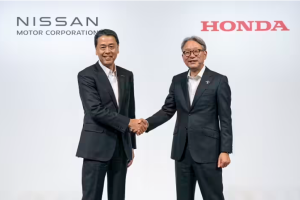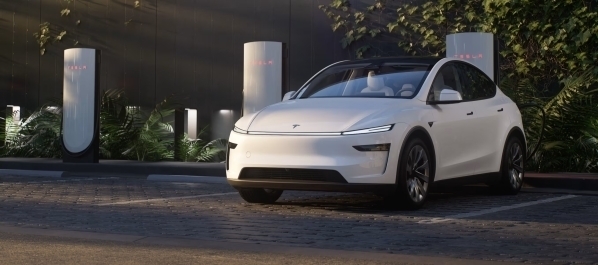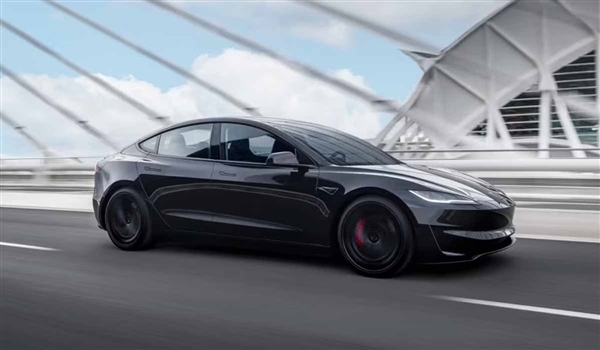March 11, 2025 – Audi is gearing up for the triumphant return of its R8, which is set to make a comeback as a plug-in hybrid supercar. This new iteration promises to be the most powerful and fastest production model in Audi’s lineup. According to a report by Autocar, the revamped R8 is slated for an official unveiling in late 2027, with its development progressing beyond the feasibility study phase.
Backed by the support of Audi’s chairman, Gernot Döllner, the engineering team is steadily advancing the project, positioning the new R8 as a strong contender against the likes of the Mercedes-AMG GT and the Porsche 911. The upcoming R8 will share a platform with the Lamborghini Temerario, marking a resumption of Audi’s collaboration with its Italian sister brand within the Volkswagen Group in the supercar segment.
This partnership dates back to 2006 when Audi first entered the supercar domain with the original R8, which shared its mechanical underpinnings with the Lamborghini Gallardo. The collaboration was renewed in 2015, giving birth to the second-generation R8 and the Huracán. Over its lifespan, from 2007 to 2023, the Audi R8 sold a total of 44,418 units globally.
The third-generation R8 will continue this collaborative tradition, incorporating the Temerario’s powertrain, key structural components, electronics, and chassis. Distinguishing itself from Lamborghini models, the Audi R8 will emphasize daily usability, offering both coupe and convertible body styles.
Under the hood, the new R8 will feature Lamborghini’s 4.0-liter twin-turbocharged V8 engine. This flat-plane crank engine produces 789 horsepower and 538 pound-feet of torque on its own. However, with the assistance of three axial flux electric motors, the total output jumps to 907 horsepower. These motors draw power from a 3.8-kWh rechargeable lithium-ion battery pack, providing a pure electric range of 6 miles.
In the Temerario setup, two motors are mounted on the front axle for an all-wheel-drive configuration, while the third motor sits between the V8 engine and the eight-speed dual-clutch automatic transmission. This motor aids in starting the engine and recuperating energy during braking.
The R8’s return in 2027 is expected to align with the release of a more powerful Temerario variant, hinting that a performance-oriented R8 could approach the 1,000 horsepower mark. With such immense power, the R8 is poised to slash the 0-62 miles per hour sprint time to under 3 seconds and reach a top speed close to the Temerario’s official 210 miles per hour, thus becoming the most powerful and fastest Audi production model ever.

Currently, Audi’s mightiest model is the 912-horsepower E-tron GT RS, which accelerates from 0-62 miles per hour in 3.3 seconds. The adoption of a plug-in hybrid system marks a significant shift for the R8 since its debut in 2006, as previous models relied on naturally aspirated V8 and V10 engines. Nevertheless, Lamborghini’s new V8 engine, with its high-revving characteristics peaking between 9,000 and 9,750 rpm and a redline of 10,000 rpm, promises to deliver a similar response and sound to its predecessors.
The introduction of plug-in hybrid technology also positions the R8 as a showcase for Audi’s electrification strategy, aligning it with recent developments in the Mercedes-AMG GT and Porsche 911. Consequently, the name “R8 E-tron” is under consideration.
The new Audi flagship will be built on the same aluminum space frame structure as the Temerario. This newly developed architecture boasts a 50% reduction in components, an 80% decrease in welding points, and a claimed 25% increase in rigidity compared to the Huracán and second-generation R8.
According to Autocar, part of Audi’s decision to revive the R8 stems from an agreement within the board and the parent company Volkswagen Group on how the brand will transition to an all-electric product lineup. In the future, Audi intends to extend the lifecycle of some internal combustion engine models and expand its plug-in hybrid offerings. Additionally, the company plans to develop a new R8 that meets FIA certification, aiming to return to key endurance races like the Nürburgring 24 Hours.
The third-generation R8 is expected to be produced at Audi’s Böllinger Höfe factory in Germany, the birthplace of the first two R8 generations.












